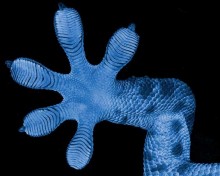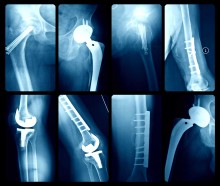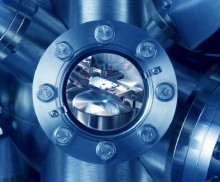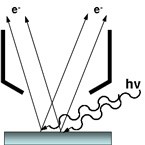The use of high energy X-ray sources gives rise to the acronym hard X-ray photoelectron spectroscopy, HAXPES. By changing the anode material to silver, Ag Lα X-rays can be used to excite photoelectrons. The photon energy of Ag Lα is 2984.3 eV, approximately twice that of Al Kα (1486.6 eV). A significant advantage of this is the ability to use the same monochromator mirror for both photon energies, using second order diffraction of the same quartz crystals. The higher photon energy of Ag Lα allows the excitation of additional, higher binding energy core lines and the possibility of analysis deeper from the surface due to the increased escape depth of higer kinetic energy photoelectrons.








